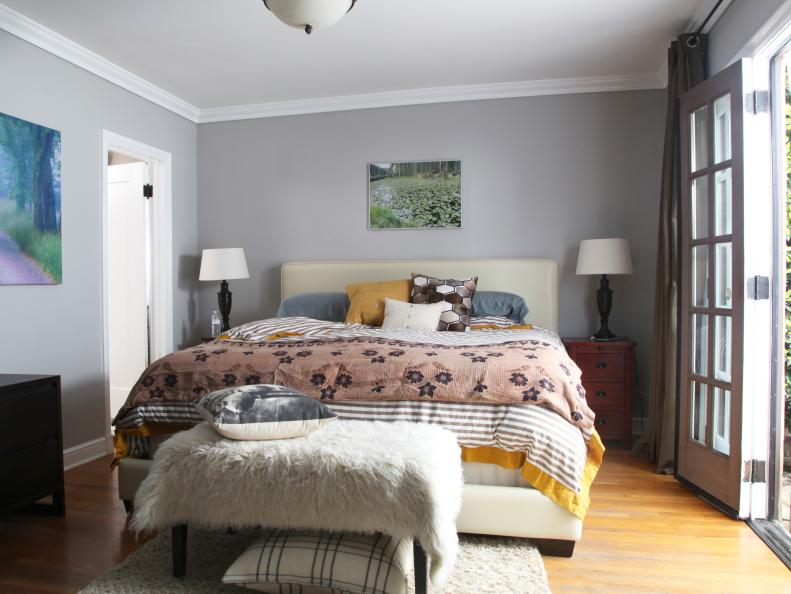1 / 12
Before: Boring and Uninspiring
While charming, this Los Angeles bedroom had no pizzazz. A wood accent wall was just the solution to add a rustic, modern touch in this Spanish-style home.









